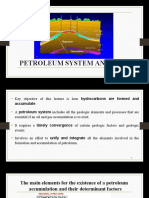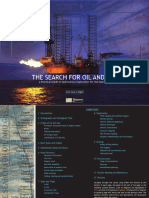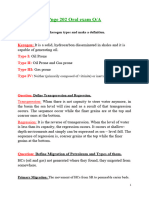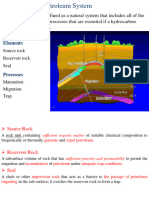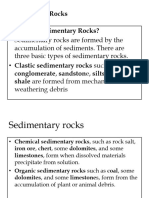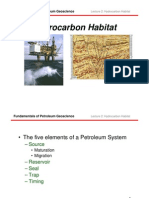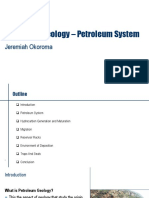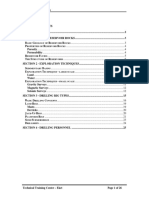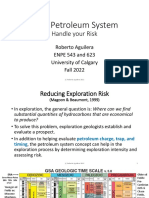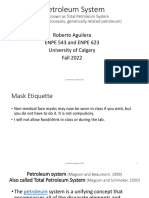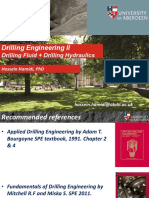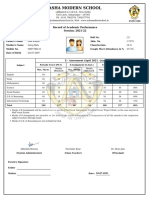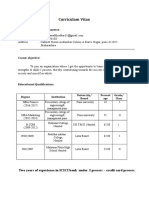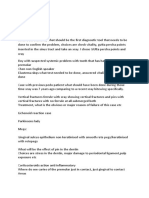0% found this document useful (0 votes)
113 views65 pagesLecture 5 - Petroleum Systems
The document discusses the geological elements needed to form a working petroleum system, including a source rock, reservoir rock, seal, trap, and proper timing of maturation, migration and trap formation. It describes how hydrocarbons are formed from source rocks and defines the properties required for effective reservoir and seal rocks.
Uploaded by
Nick jamesCopyright
© © All Rights Reserved
We take content rights seriously. If you suspect this is your content, claim it here.
Available Formats
Download as PDF, TXT or read online on Scribd
0% found this document useful (0 votes)
113 views65 pagesLecture 5 - Petroleum Systems
The document discusses the geological elements needed to form a working petroleum system, including a source rock, reservoir rock, seal, trap, and proper timing of maturation, migration and trap formation. It describes how hydrocarbons are formed from source rocks and defines the properties required for effective reservoir and seal rocks.
Uploaded by
Nick jamesCopyright
© © All Rights Reserved
We take content rights seriously. If you suspect this is your content, claim it here.
Available Formats
Download as PDF, TXT or read online on Scribd
/ 65

